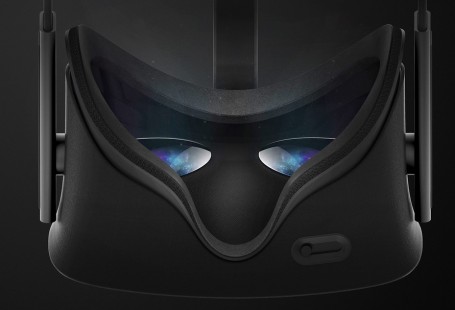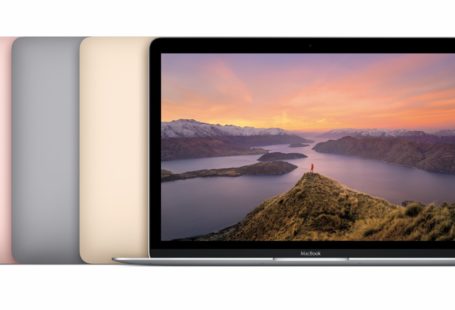I’m sure you’ve already heard that the new Moto Z has no headphone jack. The well-known 3.5-mm minijack has said goodbye in this device that detonated back the debate about that future in which both Lightning -for iPhone users- and USB-C -in other platforms- will be the ports we’ll connect our headphones to.
This is not a typical post from and old user protesting for a change that he did not ask. It’s an open letter to all who advocate change for the sake of change without the right reasons. Without assessing the consequences that this change will have.
It is true that some technologies must die. There are others that are just better and allow progress and improve upon them. It happened when Apple got rid of the floppy drive and even the optical drive, and when we stopped using the IDE interface to jump to a SATA interface that is now cornered by the M.2 standard on SSDs. And so is the case with a lot of technological goodbyes that make sense because as I say they bring many advantages and only one disadvantage: that the old thing no longer works with these formats or those standards. And if it works, it is through bulky and cumbersome adapters that one is forced to use during the stages of transition to ABetterEra ™.
That’s not the case with the headphone jack because this standard had no fundamental problem. As explained in XDA Developers, when you connect your headset to a phone you do to get the sound through two components: the DAC/AMP couple. Audio crash course on mobile devices:
The Amplifier, AMP for short, simply amplifies the audio signals that are generated by the DAC or Digital Analog Converter. All music and sounds on your device are stored digitally (1’s and 0’s) and in order to hear them you need it to be converted to Analog which is where the DAC works its magic. From this point all the headphones need to do is carry the signal to the speakers and your ears, most have no need for converters or amplifiers in the headphones themselves.
No mystery here. Our phones (and any other device with a headphone jack, such as our laptops or PCs) have their DAC and AMP, and this is where some phone makers invest more (HTC 10 LG V10) and other less (almost all the rest), with specialized DACs/AMPs that give more power and sound quality and act in the same way camera sensors act in our phones. There are decent ones and there are good ones. If you want great pictures with your phone forget about decent sensors, because you will get pictures that will simply look … decent (surprise).
Saying goodbye to the headphone jack will cause the AMP/DAC couple to be no longer part of the smartphone, but part of the headphones themselves, which will integrate the electronic and will theoretically perform better than many current devices. They will at least if you pay the (higher) price of these USB-C or Lightning headphones with good quality DACs and AMPs. True, you can reuse these headphones with any mobile device and get the same quality audio from all of them (the device will only store zeros and ones), but I doubt that the price reduction on the smartphones -if any- will be in the same range that the price rise we’ll see on those future headphones.
The funny thing is that the idea to remove the 3.5 mm jack isn’t that new, and in fact there are products such as the AudioQuest Dragonly Black that allow to get a specialized DAC/AMP for your (mobile) device easily and with a fair price ($99 on Amazon) Apparently this little module makes your phone sound a lot better -forget about the HTC 10- and you can combine it with whatever device (laptop, phone, tablet, whatever) and headphones you like.
Who are this good news for? I’d say these are good news for handset and headphones manufacturers, which will follow this new trend madly. This will allow them to sell better, more expensive sound with a better connector thanks to ANewEra ™ of acoustic sensations.
That’s a big lie.
You could get the same performance with a good DAC / AMP in your current device. Manufacturers simply want to take away that option from production costs in their smartphones and increase that costs (exponentially) in future USB-C and Lightning headphones. Which believe me, will be considerably more expensive both on the hign and the low-end for. This will mean that you’ll pay pretty more for the same sound you already get on your smartphone with some decent headphones like the astonishing Xiaomi Piston 3 ($19.99 on Amazon) that I’m enjoying wight now.
I totally agree with certain technological farewells. Saying goodbye to standards and specifications that are obsolete and have newer, better alternatives is perfectly valid.
This is not one of those cases.





